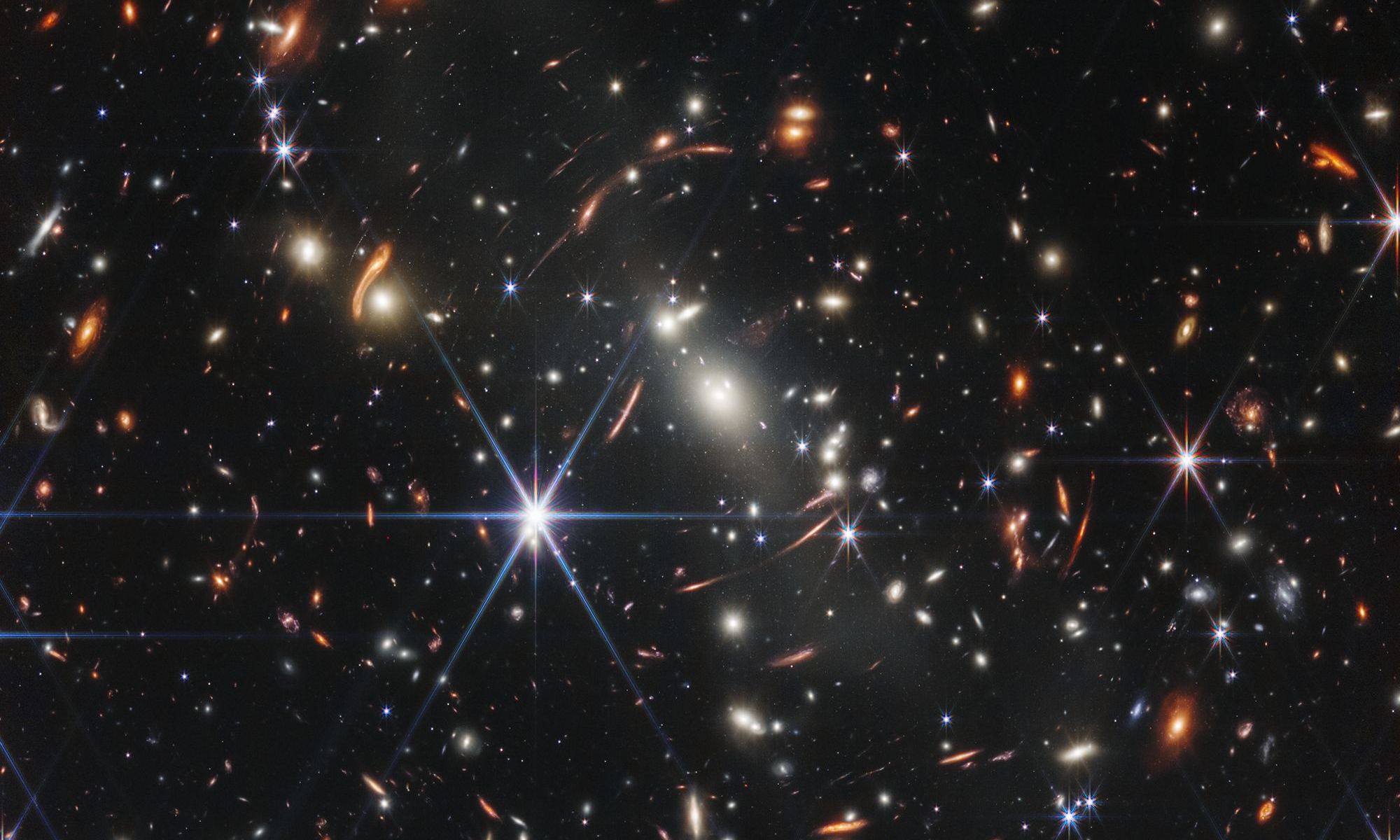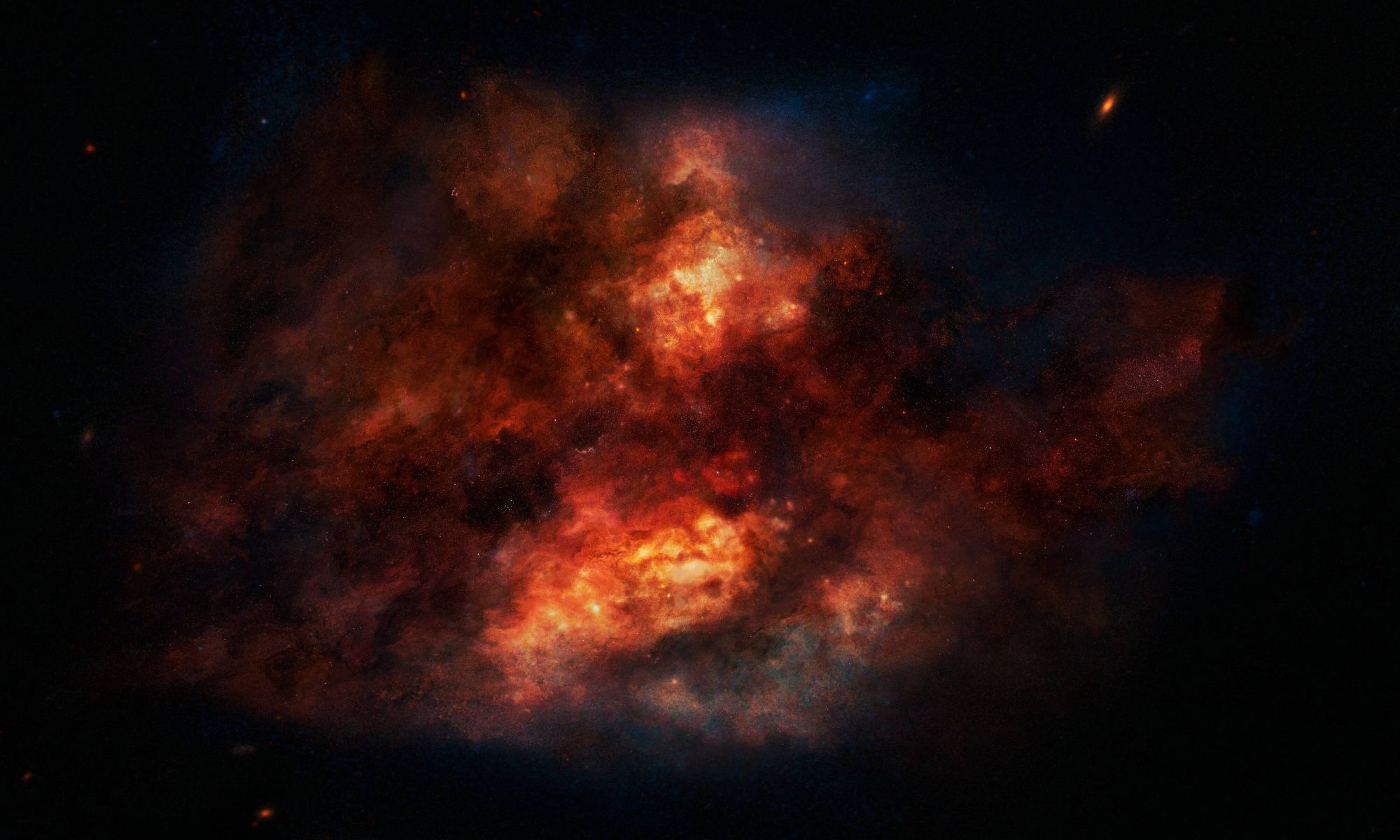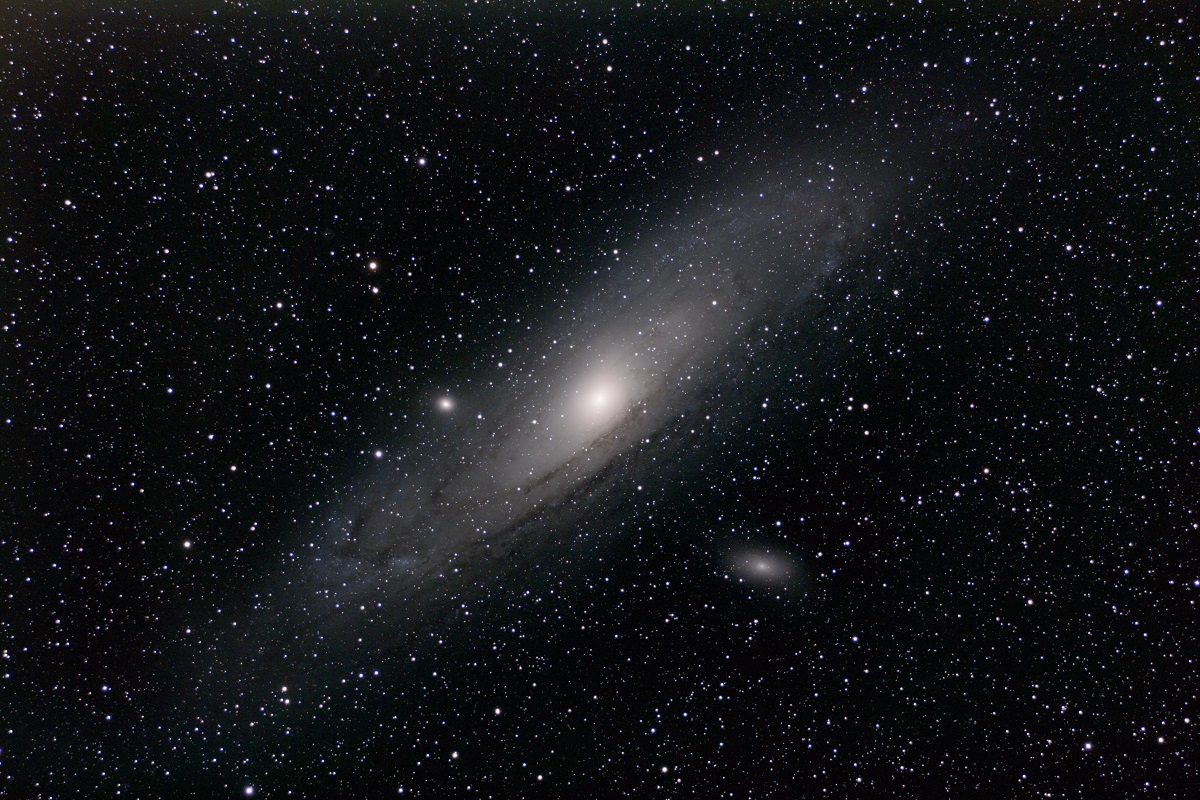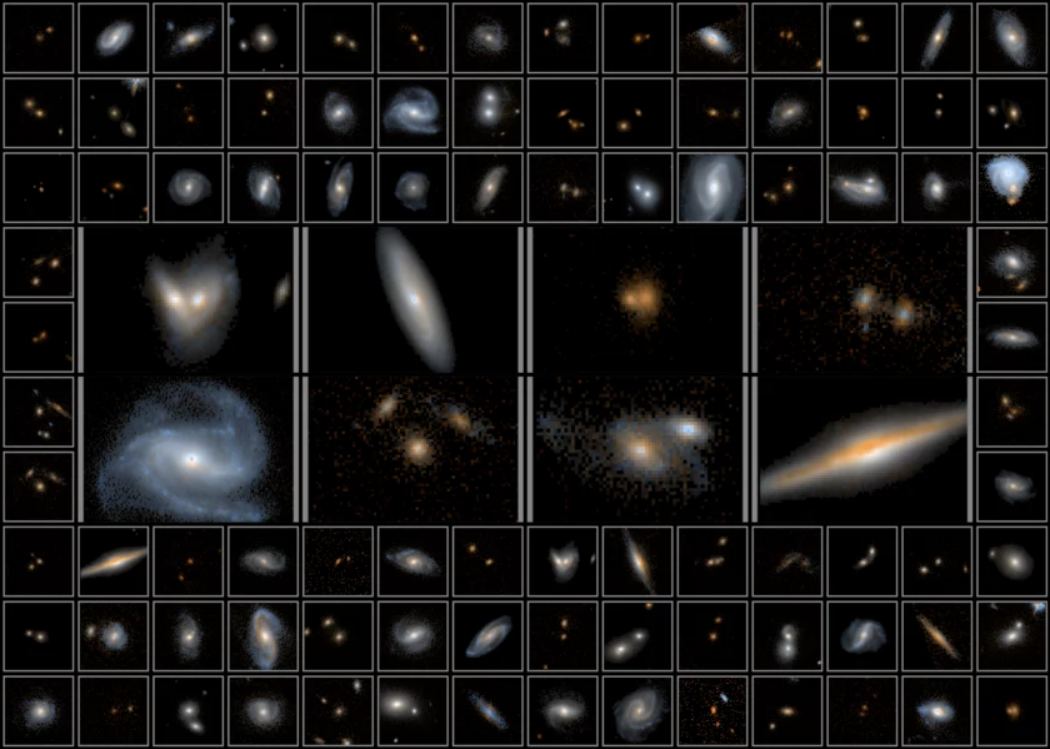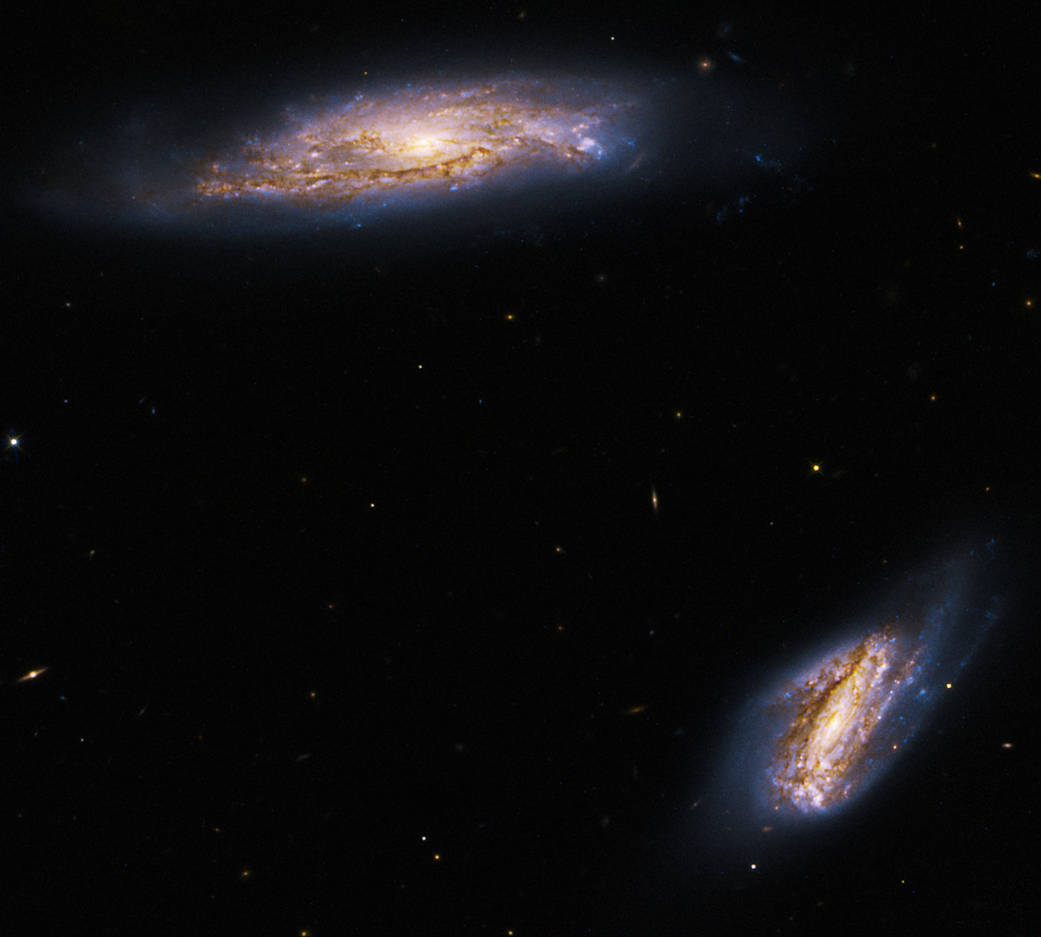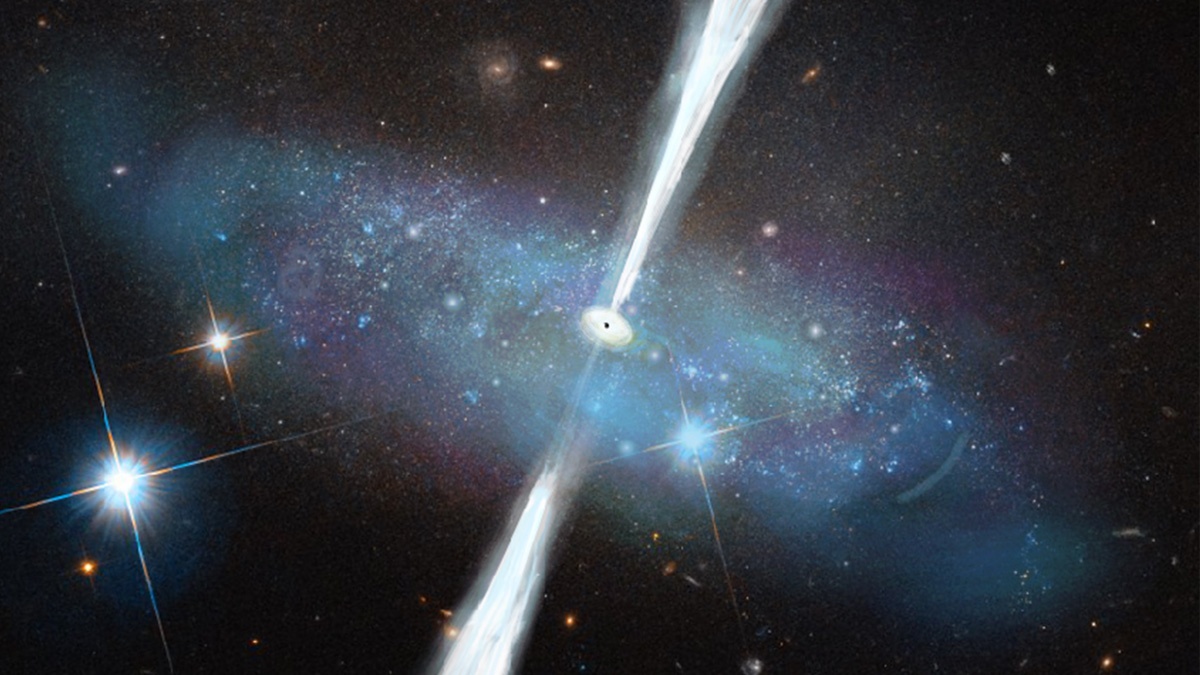By now, almost everyone has seen the first-release images from JWST and marveled at these amazing views of the infrared universe the telescope was launched to explore. The view of SMACS 0723 seen above illustrates the promise JWST holds. While there are many more early-release images in the observation pipeline, we’re starting to see the first research papers come out. As expected, studies of distant galaxies are grabbing headlines already.
Wow, are these findings amazing! In the last couple of days, websites and social media have been alive with images of a blob that, in reality, is one of the oldest (earliest) galaxies ever seen. It’s one of two—GL-z11 and GL-z13—that show us what they looked like when the Universe was extremely young, about 300 million years after the Big Bang. When confirmed, they’ll mark a milestone in studies of the infant Universe.
Continue reading “JWST Sees the Most Distant Galaxy Ever, Just 300 Million Years After the Big Bang”
